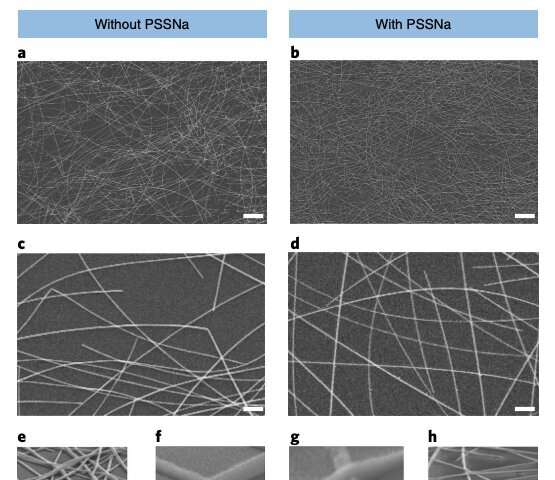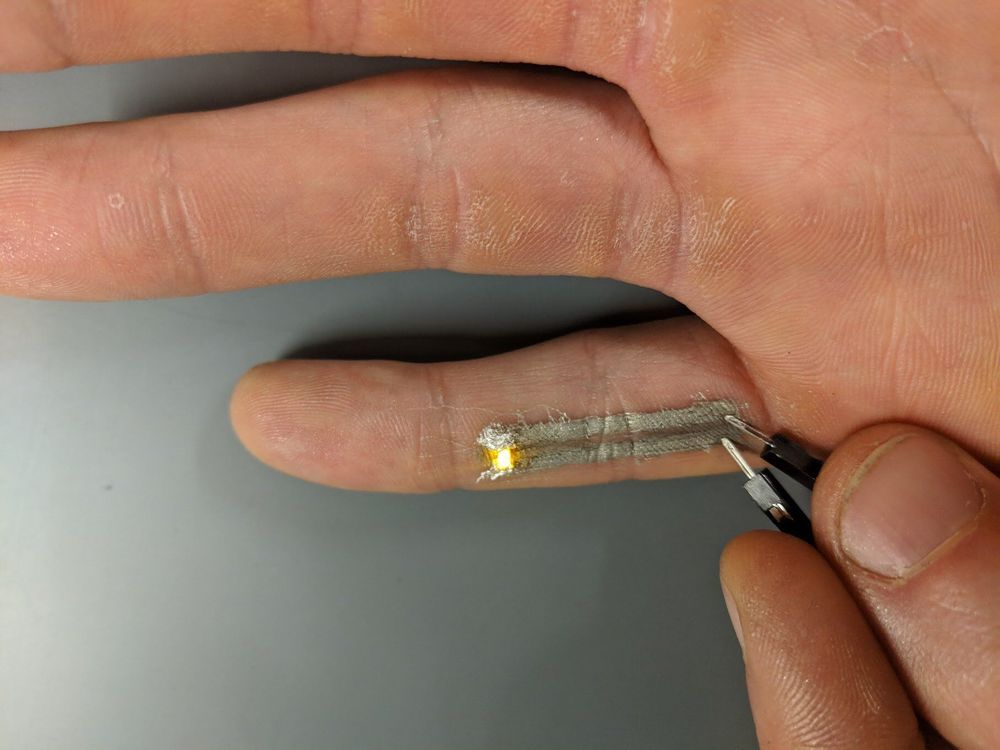Dec 17, 2019
Watch SpaceX launch a Boeing-built satellite and attempt to recover its spacecraft fairing live
Posted by Genevieve Klien in categories: electronics, satellites
SpaceX is launching yet another rocket this evening — its 13th this year. This Falcon 9 launch is set for liftoff sometime during a window that’ll last for just over an hour, and that opens at 7:10 PM EST (4:10 PM PST) and extends to 8:38 PM EST (5:38 PM PST). The launch will use a first-stage rocket booster that previously flew in May and July of this year, and it’ll include an attempted landing of that booster, as well as a try at recovering both halves of the fairing used to protect the spacecraft’s cargo as it ascends to space.
The cargo itself is a satellite built by Boeing that hosts two payloads for different clients, including Japanese pay TV broadcast service provider SKY Perfect JSAT, and a high-speed broadband connectivity satellite developed by Kratos called Kacific1. The Falcon 9 spacecraft will be looking to deliver these to orbit around half-an-hour after liftoff.
It’s definitely going to be worth watching the secondary mission elements of this one, as SpaceX has so far succeeded only in recovering one half of a fairing used during a mission with a single barge stationed in the ocean. This will see it try to catch both pieces, using two ships named “Ms. Tree” and “Ms. Chief” that have been retrofitted with a large net assembly specifically for the purpose.


















